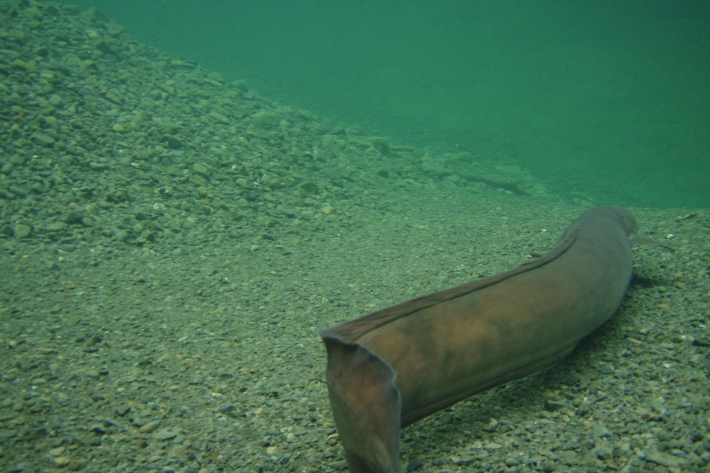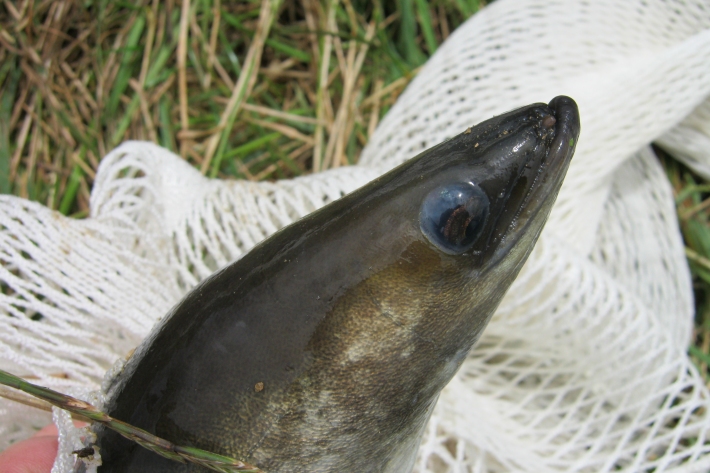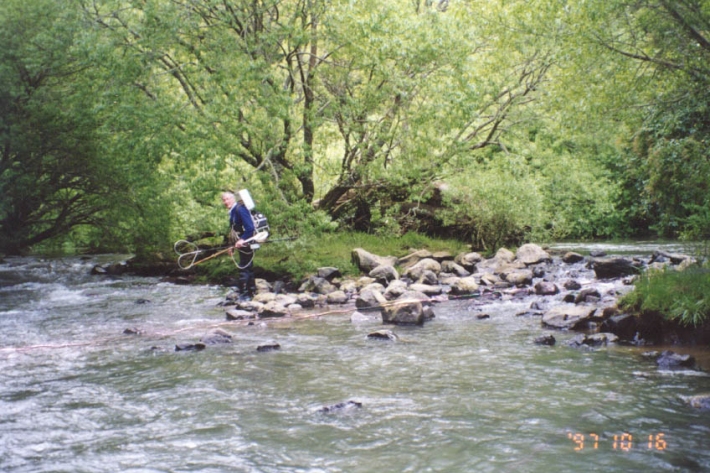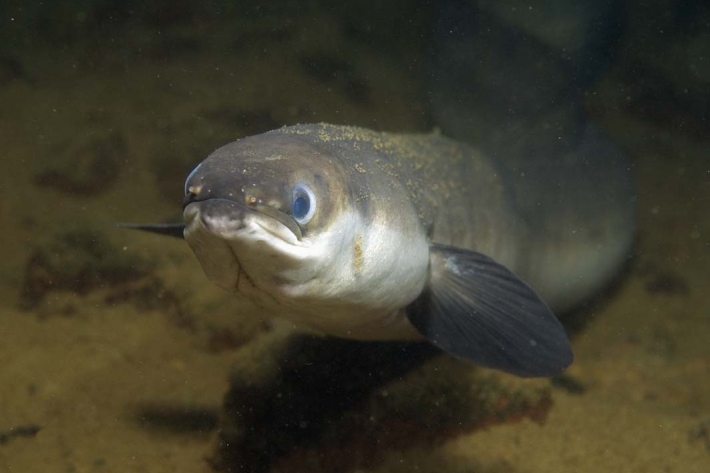-

Tuna - worldwide distribution
It is thought freshwater eels were originally marine fish which adapted to live most of their lives in fresh water, and that the present distribution of the 18 species of freshwater eel is largely a result of continental drift. -

Tuna - case studies
Showcasing tuna research and restoration initiatives being undertaken around New Zealand. -

Tuna - considerations for data collection
Finding and collating information that already may exist for the lake, river or stream you are interested in, choosing the right sampling methods, and making sure that the data you work hard to collect is stored safely are all important things to consider in your monitoring programme. -

Tuna - sampling methods
There are a range of different sampling methods which can be used, including electric fishing, fyke nets, Gee-Minnow traps, scoop nets, whitebait nets and observation. -

Tuna - site selection and timing
Site selection and timing are important factors to consider when designing a representative sampling strategy . -

Tuna - defining your research questions
Defining your research questions is the first place to start when designing a survey. -

Tuna - monitoring
In this section, we look at defining your research questions, site selection and timing, sampling methods, and considerations for data collection. -

Tuna - acknowledgements
Since NIWA was established as a Crown Research Institute in 1992, the organisation has been fortunate to receive funding to undertake research that continues to increase our understanding of a fascinating and incredibly important taonga freshwater fish. -

Tuna - solutions for restoration and enhancement
Shortfin and longfin eels are an important resource from both a human/cultural use and biodiversity perspective. -

Tuna aquaculture - international
On a global scale, market demand for eels as a foodstuff is high and declines in wild eel production mean that aquaculture is being put forward as a potential eel source. -

Tuna - barriers to migration
One of the greatest threats to indigenous fish species which follow a catadromous life cycle (i.e., starting life at sea but then migrating into freshwater) are barriers that prevent or delay migrations between freshwater and marine environments.
